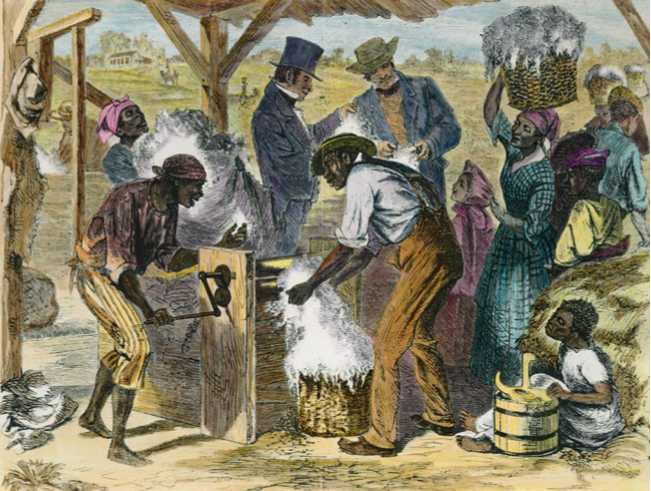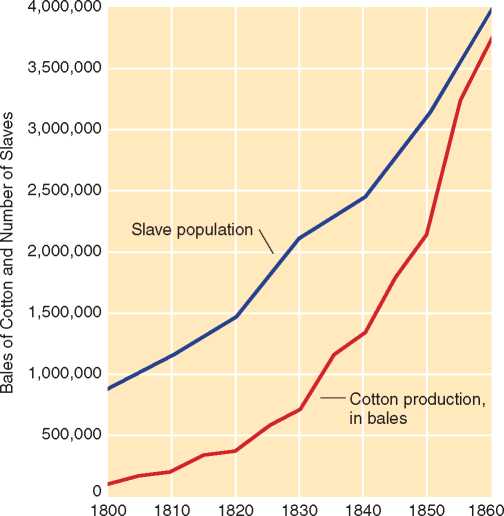Mechanization required substantial capital investment, and capital was chronically in short supply. The modern method of organizing large enterprises, the corporation, was slow to develop. Between 1781 and 1801 only 326 corporations were chartered by the states, and only a few of them were engaged in manufacturing.
The general opinion was that only quasi-public projects, such as roads and waterworks, were entitled to the privilege of incorporation.
Anyone interested in organizing a corporation had to obtain a special act of a state legislature. And even among businessmen there was a tendency to associate corporations with monopoly, with corruption, and with the undermining of individual enterprise. In 1820 the economist Daniel Raymond wrote, “The very object. . . of the act of incorporation is to produce inequality, either in rights, or in the division of property. Prima facie, therefore all money corporations are detrimental to national wealth. They are always created for the benefit of the rich. . . .” Such feelings help explain why as late as the 1860s most manufacturing was being done by unincorporated companies.
While the growth of industry did not suddenly revolutionize American life, it reshaped society in various ways. For a time it lessened the importance of foreign commerce. Some relative decline from the lush years immediately preceding Jefferson’s embargo was no doubt inevitable, especially in the fabulously profitable reexport trade. But American industrial growth reduced the need for foreign products and thus the business of merchants. Only in the 1850s, when the wealth and population of the United States were more than three times what they had been in the first years of the century, did the value of American exports climb back to the levels of 1807. As the country moved closer to self-sufficiency (a point it never reached), nationalistic and isolationist sentiments were subtly augmented. During the embargo and the War of 1812 a great deal of capital had been transferred from commerce to industry; afterward new capital continued to prefer industry, attracted by the high profits and growing prestige of manufacturing. The rise of manufacturing affected farmers too, for as

In 2005 historian Angela Lakwete used this print as the cover of Inventing the Cotton Gin: Machine and Myth in Antebellum America to show that devices similar to that "invented” by Eli Whitney in 1793 had long been in use in the South. The human details in the image are revealing as well.

Cotton Production and Slave Population, 1800-1860 As the
Number of slaves increased, the production of cotton increased also.
Cities grew in size and number, the need to feed the populace caused commercial agriculture to flourish. Dairy farming, truck gardening, and fruit growing began to thrive around every manufacturing center.




 World History
World History









